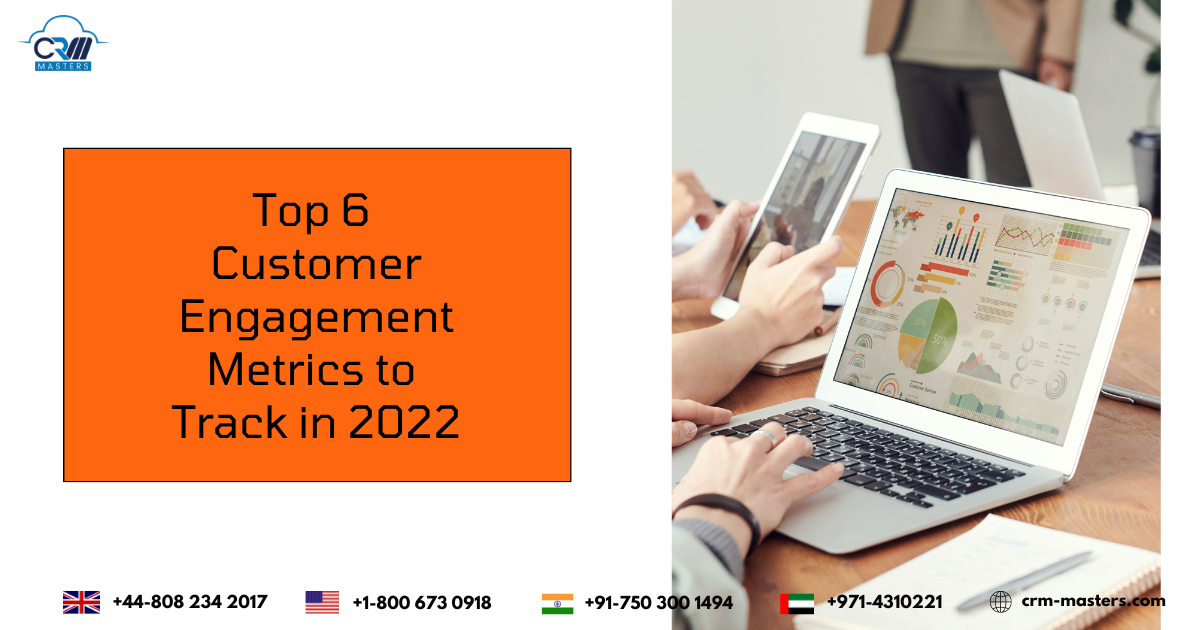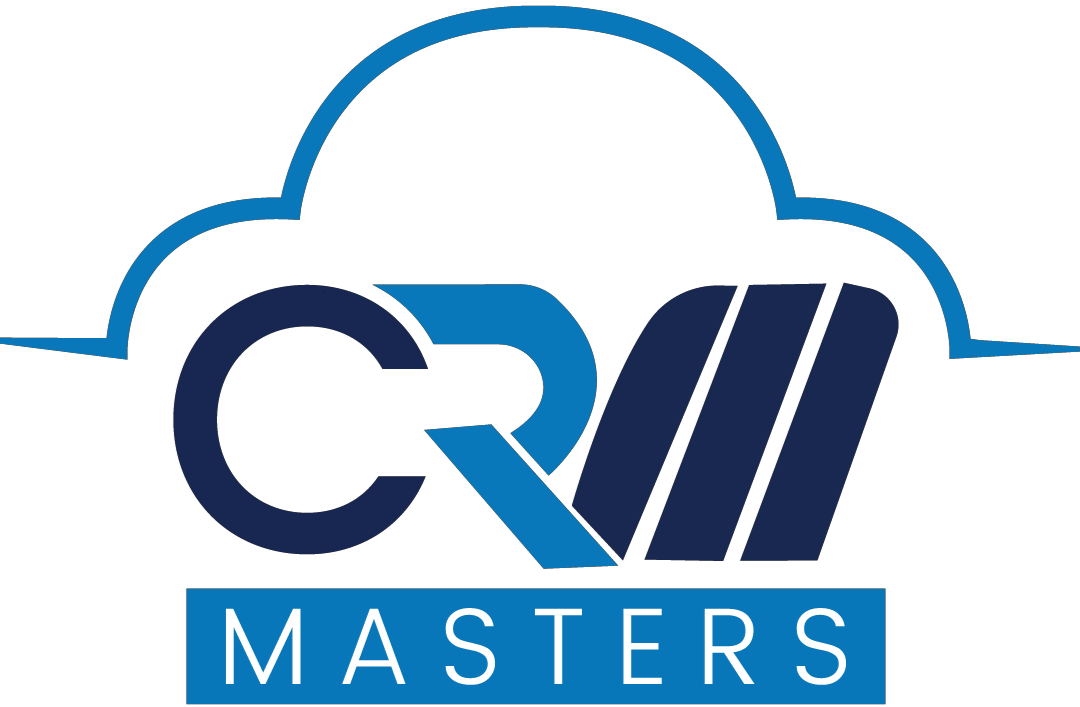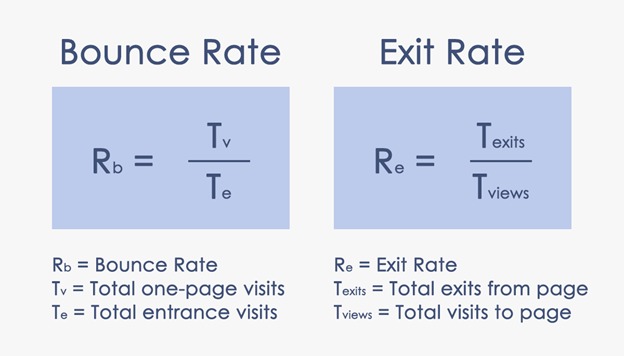
Wouldn’t it be great to be able to read your customers’ minds? Mind-reading may not be possible, but knowing what your customers think of your product or service is possible. Yes, it’s all about Customer Engagement – how brands build lasting relationships with customers in multiple communication channels. And to better understand your customers and learn how to improve, you must efficiently engage with them.
So in this article, we’re going to delve into the many Customer Engagement Metrics that will help your business keep track of your customers all along the way.
6 Key Customer Engagement Metrics to Measure
KPIs differ from industry to industry, but the following Customer Engagement Metrics will be applicable across all sectors and can be used to comprehend what ticks with your customers.
1. NPS (Net Promoter Score)
Net Promoter Score is a measure of customer loyalty or, more precisely, of how likely your customers will recommend your brand to their friends and family. You must understand this metric to understand how satisfied your customers are with your product.
Generally, NPS is measured by a customer survey. Most brands use sliding-scale numerical ratings for customers to rate their experiences. For example, “On a scale of 1-10, how likely are you to refer our products to a friend?”
Scores of 0-6 are known as ‘detractors’; of course, you don’t want too many of these. Scores of 7 and 8 are known as ‘passives’, and they don’t get counted in calculating your NPS score. Your 9 and 10 scores are your ‘promoters’ — the people who are super likely to recommend you to someone else. To get your NPS score, minus your ‘detractors’ from your ‘promoters’.
- “What was missing or disappointing in your experience with us?”
- “How can we improve your experience?”
- “What features do you value/use the most?”
2. Customer Satisfaction Score (CSAT)
In a CSAT survey, customers are asked how satisfied they are with their recent experiences. Among the possibilities can be a recent purchase, an interaction with a customer care agent, a live-chat conversation, etc. This can also be useful if you have recently changed a feature or altered a product and want to know how well your customers receive it.
Most of the time, customers are asked to score you between 1-5, with 1-2 being negative, three being neutral, and 4-5 being positive. To find your CSAT score, divide your ‘positive’ scores by the total number of scores.
It may be best to experiment with smiley faces or emojis if they fit your audience and brand voice. But at the same time, it’s essential to make sure the options are clear for your customers, so there is no confusion.
3. Conversion Rate
There are many ways in which your customers can interact with you besides simply using your product. Consider all the other touchpoints your audience can use to interact with you (such as signing up for your newsletter, purchasing an eBook, clicking on Facebook Ads, etc.) to monitor conversion rates.
You can find your Conversion Rate by dividing your Conversions by the total number of interactions. As a result, you’ll see how many people took the intended action compared to those who didn’t.
4. Bounce Rate
People are always on the lookout for value. But In the event of not finding it on your website, they will bounce to your competitors.
A high Bounce Rate can indicate several site issues like a bad user experience, slow page loading times, irrelevant content, and unengaging content. And that is why you should aim to have a low bounce rate since the lower the bounce rate, the better it is for your business.
You can have a lower bounce rate by posting quality content on your website, posting appealing offers, and providing a great user experience.
The following formula is used to calculate the bounce rate:
5. Customer Lifetime Value
Customer Lifetime Value describes how much revenue a customer will generate for a company throughout their relationship. As opposed to customer retention, life cycle value discusses how much a customer spends with you during their lifetime.
Companies can use customer Lifetime Value to determine which customer groups are most valuable and ensure they are investing in profitably gaining new customers.
6. Churn Rate
Churn is a familiar concept to SaaS companies or subscription-based businesses. And keeping an eye on your churn rate is always a good idea. The churn rate reflects how many customers leave your service after a while.
To calculate your Churn Rate, divide the number of lost customers by the total number of customers at the beginning of the period. Take the end figure and multiply this by 100, and you’ll have your churn rate.
Your top priority should be to reduce your churn rate to keep profitability and customer retention high. The more engaged your customers will be, the less energy (and budget) will be required to expend on attracting new ones.
Are there only these six Customer Engagement Metrics that need to be tracked? Of course not! There are many more Customer Engagement Metrics that you can track to keep your customers engaged.
Conclusion
Maintaining customer engagement and satisfaction is an ongoing process. There’s always something on the horizon to challenge your customers’ loyalty, whether a new competitor in town or a way to save money. Although several tools can help you track customer engagement, Zoho SalesIQ is one best of them. It helps you provide a seamless website and in-app experience to your customers.
We, CRM Masters, are Zoho Premium Partners. And thereby hold profound expertise in Zoho. Solutions tailored by our experts for your business will indeed leverage the power of Zoho for you. Let us know if we can help you or provide assistance in any case.



